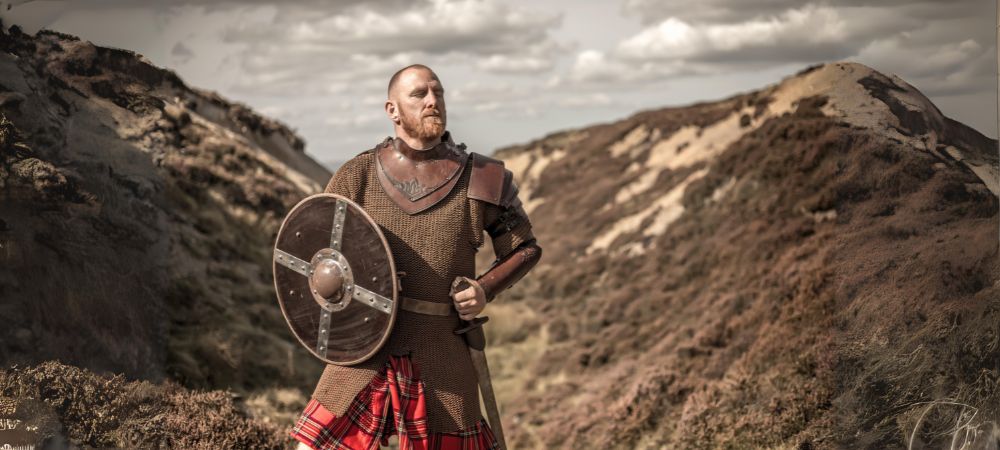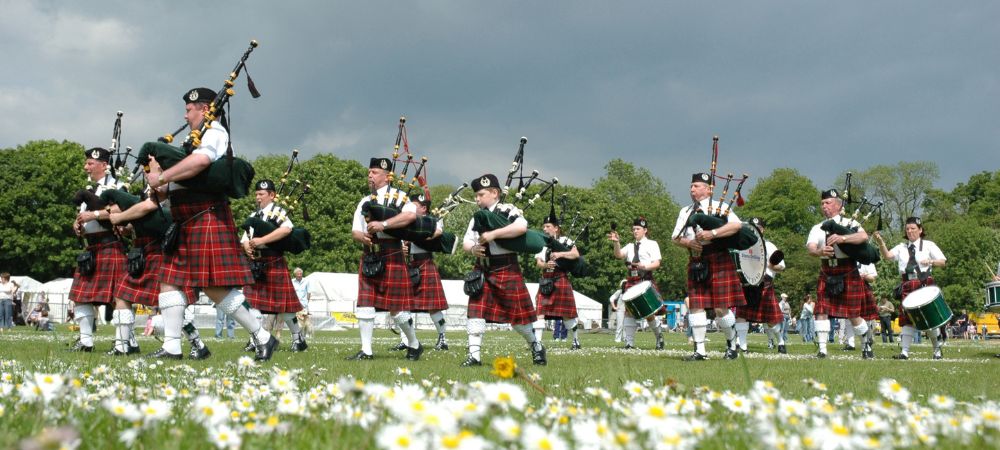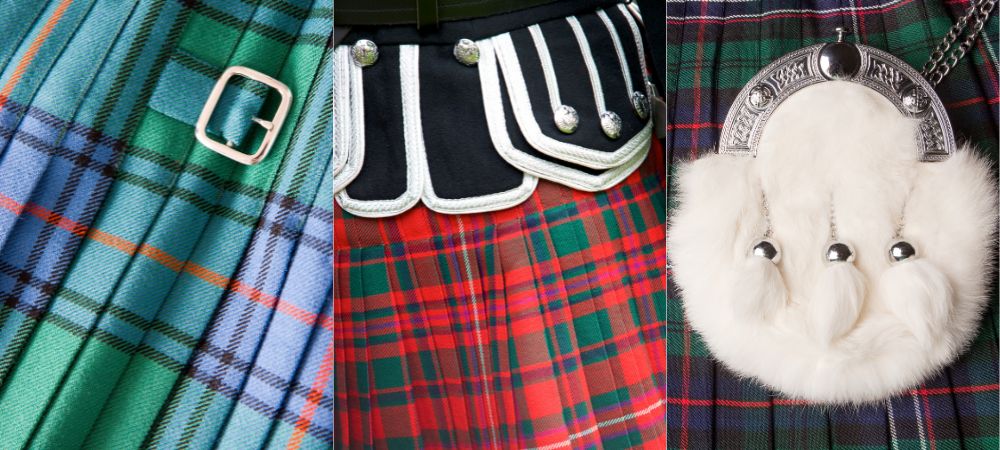Kilts, renowned for their tartan patterns and deep-rooted history, are a quintessential emblem of Scottish culture. These garments, far more than just traditional attire, embody a rich tapestry of history, symbolism, and pride. Originating from the rugged Highlands, kilts have journeyed through time, evolving from simple plaids to sophisticated symbols of identity and heritage.
This article aims to explore beyond the secrets of kilts, revealing 11 lesser-known facets of their intriguing history. We will delve into the origins, cultural significance, and evolving role of kilts in both traditional and contemporary contexts, uncovering the layers of mystery and tradition that have cemented their status as iconic symbols of Scotland.
1. Kilts Have a Military Background

Kilts, as we recognize them today, have their roots deeply embedded in Scottish military history. During the early 18th century, kilts were adopted as a part of the uniform for Highland regiments. This was not merely a cultural or aesthetic choice; the kilt's design provided practical benefits.
Its structure allowed for remarkable freedom of movement, essential for soldiers navigating the Scottish Highlands' challenging and often rugged terrain. The kilt's adaptability to various weather conditions also added to its appeal as military attire.
Over time, the military kilt evolved, becoming a symbol of Scottish bravery and skill in warfare and, later, an integral part of Scotland’s national identity.
2. Not All Kilts Are Tartan
While tartan is synonymous with the traditional Scottish kilt, this pattern is not a universal feature of all kilts. Solid-colored affordable kilts are emerging a










